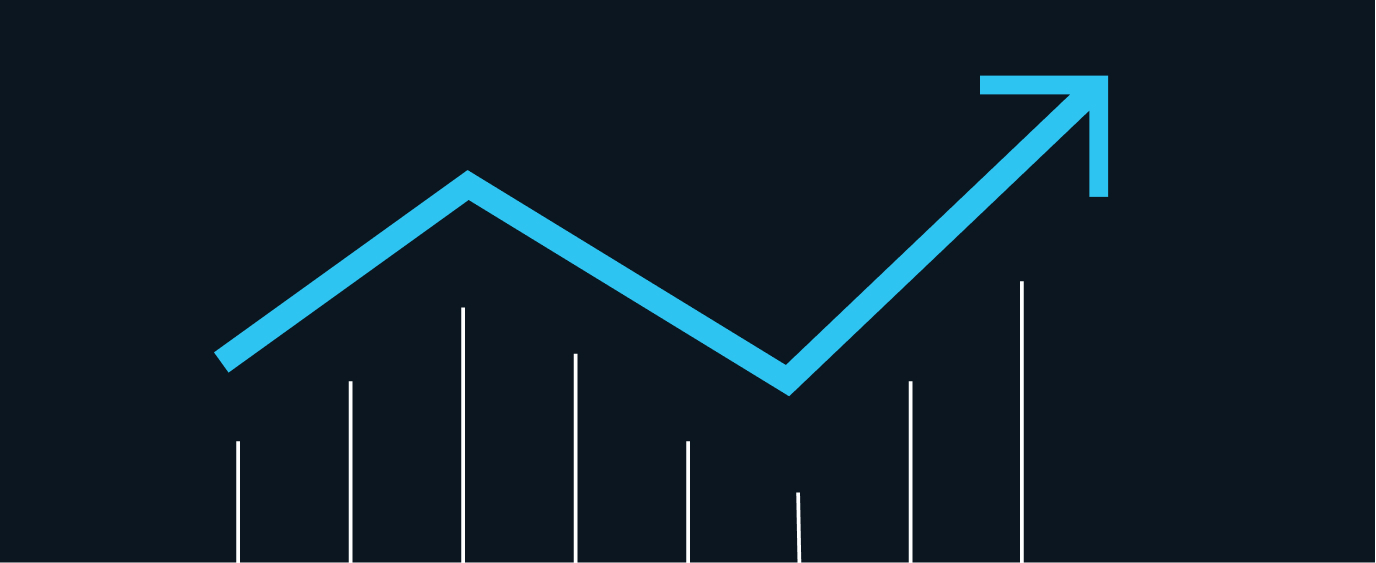Aug 31, 2020
What is a Reverse Stock Split?

A reverse stock split is basically the opposite of a stock split. It’s when a company attempts to increase the price per share of its stock by reducing the number of shares in the market.
Companies can conduct a reverse stock split in order to prevent the stock from falling below a point where it jeopardizes its ability to continue listing on an exchange, in which case it could be delisted. (Find out about delisting here.) Generally speaking, a reverse split might happen when a stock approaches, or falls below, $1 per share.
Like a stock split, a reverse stock split always has something called a split factor, which is a ratio represented as X:1. Meaning for every X shares you have, you will instead own 1 share that is now worth X times more than it was before the split.
Stock splits and share price
The most important thing to remember is that while the share price will change, there is no impact on the market value of the company (or your holdings) as a result of a reverse stock split. The market value, or market cap, of a company is determined by multiplying the price per share by the number of shares outstanding. When a company goes through a reverse stock split, the number of shares decreases and the price per share increases in the same proportional amount.
Let’s take a look at an imaginary example for ABC company, whose current share price is $.50.*
ABC plans a 1:10 (1 for 10) reverse stock split, effective January 2 of a given year. This means investors’ existing shares will be divided by 10, as they will be getting one share for every 10 they previously owned.
Let’s say an investor has 10 shares of ABC purchased at $0.50 each. The total value of the investment is worth $5 (10 x 0.5=5) before the split. After the split on January 2, the investor would now own 1 share worth $5 per share instead.
Note: The total value of the investment is still $5 (1x 5=5).
Here are the changes the investor would see to their portfolio:
| Date | Initial Investment | ABC Shares | Price Per Share |
|---|---|---|---|
| 1/1 | $5.00 | 10 | $0.50 |
| 1/2 | $5.00 | 1 | $5.00 |
The investor now owns 1 share of ABC stock, but with an adjusted price per share of $5. This 1 share costs the same amount to the investor as when they originally purchased the stock, $5 in our example.
Your investment value does not change. It is similar to exchanging quarters into a dollar. 4 quarters still make up a dollar, or you can just hold one dollar bill.
What happens to fractional shares?
Special note: Most Stashers own fractional shares. In the case of a reverse stock split, the value of your shares would be divided by the same split factor. Let’s say you own 10.1 shares of ABC, worth $5.05 (10.1x 0.5=5.05). After the stock split, you’d own 1.01 shares at $5 per share, but the value of your investment is still the same $5.05 (1.01 x 5=5.05.)
A word about market cap
The most important thing to remember is that while the price per share will change as a result of a stock split, there will be no impact on the market value of the company, or your investment.
The market value, or market cap, of a company is determined by multiplying the price per share by the number of shares outstanding. It represents the total value of its equity in the market.
When a company goes through a reverse stock split, the number of shares decreases and the price per share increases by a proportional amount, leaving the market value the same.
*Example is a hypothetical illustration of mathematical principles, and is not a prediction or projection of performance of an investment or investment strategy
Related Articles

15 Largest AI Companies in 2024

The 12 Largest Cannabis Companies in 2024

What Is a Traditional IRA?

Saving vs. Investing: 2 Ways to Reach Your Financial Goals

How To Invest in the S&P 500: A Beginner’s Guide for 2024

Stock Market Holidays 2024





